Monday 28 May 2012
Foundations no.5 - Chocolate Ganache
Ganache is a great playground to experiment in. There are so many ways to personalize and adapt the technique.
The first way is to try different liquid combinations. The gratuitous food porn shot above features a coconut milk ganache. Then there's half cream and half crème fraîche in a white chocolate ganache. Spiced water in deep, dark chocolate sauce. A splash of buttermilk, a touch of tea. The different water and fat contents give a variety of thicknesses and flavours.
Play around with ratios and you can have a pouring sauce, a cake glaze, a slick icing, a truffle and many other things. Add more liquid to thin the mixture and more chocolate to thicken it (funnily enough). Keep the serving temperature in mind - ganache thickens as it cools. It's so versatile.
The flavour will, of course, also depend on the chocolate. I usually use the most expensive chocolate I can afford - but then on one occasion I tried a Dairy Milk & single cream ganache and was utterly addicted (try it in a small pot with a light sprinkle of sea salt). Rules are made to be broken.
In this example I used 150g dark chocolate (72%), 125ml of double cream, 25ml of buttermilk and 1 tablespoon of brown sugar.
There are two ways to incorporate the cream/liquid into the chocolate. The way I've always used - and the faster way - is to heat the cream and then pour it over chopped chocolate, as you'll see here.
At Cordon Bleu they used a second method where you incorporate warmed cream into already melted chocolate. This might betray a lack of sophistication but I couldn't tell the difference between the finished ganaches. Leaving the hot cream sitting over the chocolate for a minute means it starts to melt anyway (which takes the heat out of the cream - if you use melted chocolate the cream needs to be cooler) and means less time and washing up.
Prepare the chocolate and put it into a big bowl - the chunks need to be fairly small (as you can see a few photos above).
Put the liquid and any additions over a medium heat and stir together - usually any sweeteners will be added to the cream. I like a bit of brown sugar when I'm using cream. Heat it until it just starts steaming - I look for little wisps curling out from the edges.
Pour the liquid over the chocolate.
If you wanted, you could infuse the cream (or any other liquid you're using) with spices or other flavours, then strain it into the chocolate bowl.
Use a spatula to push any pieces of chocolate under the liquid that are still poking out. Leave to stand for a minute or so.
Start stirring the mixture in the middle, using small circular motions. At first it'll look like nothing is really happening (as above), but then a rich dark swirl will start to form...
Keep stirring, incorporating more and more of the chocolate into the cream.
I used to use a whisk to make ganache. I think it makes it slightly easier to get any last lumps out - but it does mean you incorporate lots of little bubbles. These are a pain for almost every application of ganache so now I use a spatula.
Keep stirring until the ganache is homogenous. It should be gloriously shiny.
Like custard and ice cream, ganache is an emulsion of fat-in-water. This is why it tastes so rich and creamy, even when you use water. It is also why it can start to split if you mistreat it. As you can see below, it can look a little dodgy around the edges but keep stirring. It should come together.
If it does split, heat a bit more cream up and add it in small amounts, stirring quickly as you go. It should emulsify.
Also, if there are still a few lumps of unmelted chocolate, pour some boiling water into the cream pot and set it over the lowest heat you can. Place the ganache bowl over the top and stir for a minute or two - if the heat is gentle it should melt the chocolate without harming the ganache.
At the end some recipes call for a bit of room temperature butter to be stirred in. I don't usually do this as in my mind it has enough fat already and doesn't make a huge difference. You can also add other things at this point - for instance I added the whisky to the ganache for my Beautiful and Damned Cake.
Cool the ganache a little (for instance if you're using it to ice a cake or pour over something) or a lot (if you're going to scoop truffles out of it).
Four recipes that use this technique:
Honeybee Chocolate Cake
Poires Belle Helene
Muscovado Truffles
Malteser Layer Cake
*
This is the fifth post of my Foundations series. The first post focused on rubbing in to make pastry. The second looked at brown butter, followed by a third on creaming butter and sugar and a forth about icing cakes. The next post, on the 1st of June, will focus on egg yolk custard.
Labels:
cream,
dark chocolate,
foundations,
milk chocolate
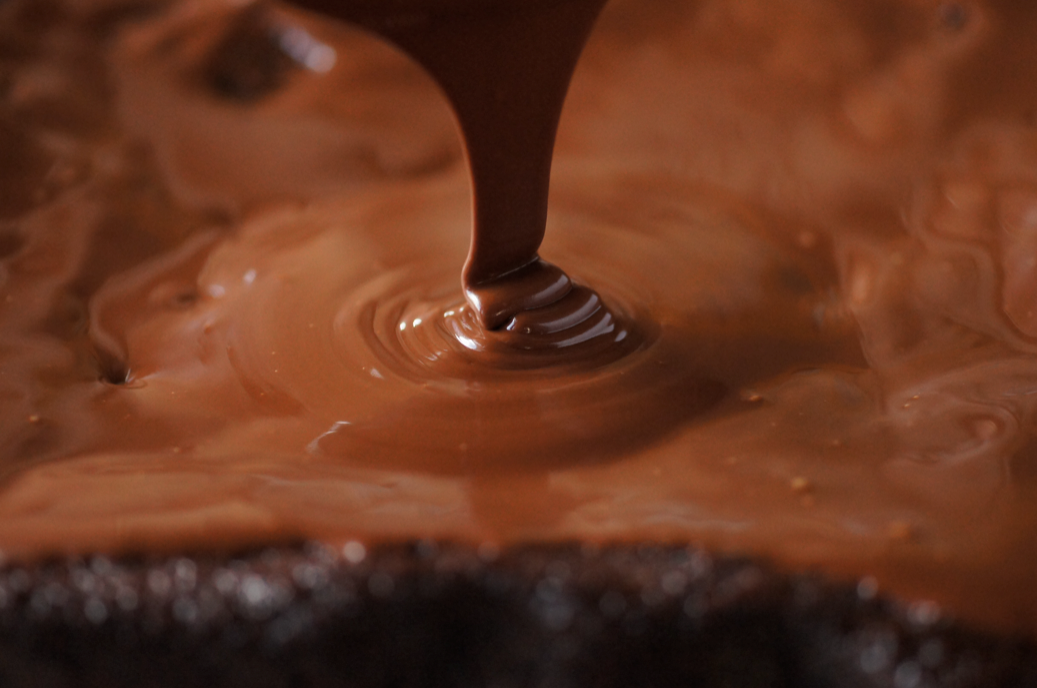
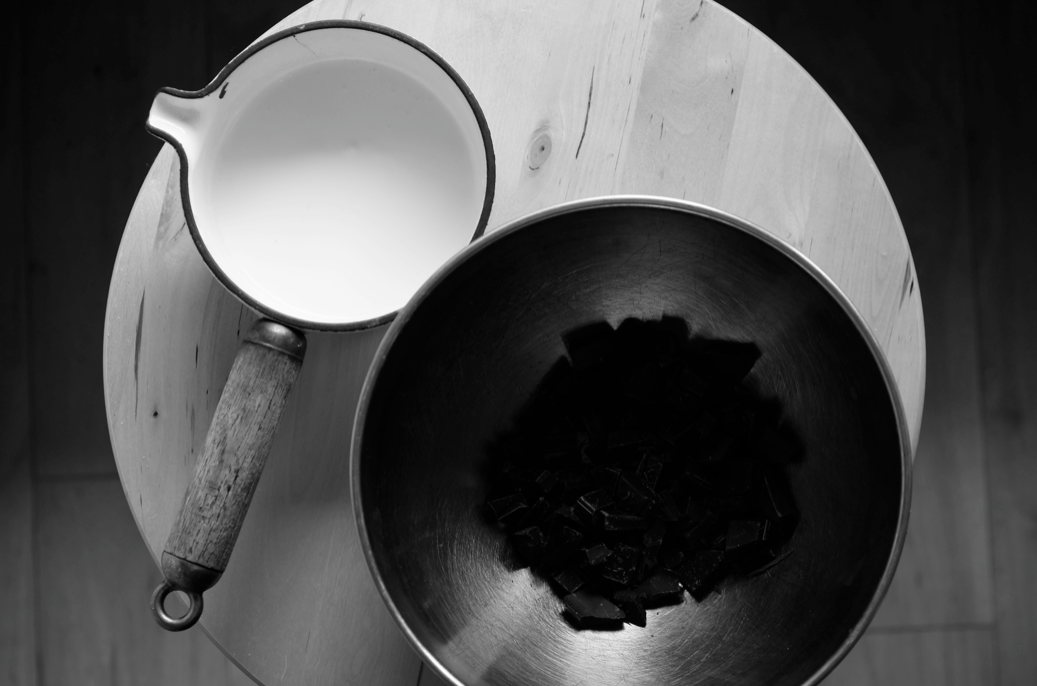
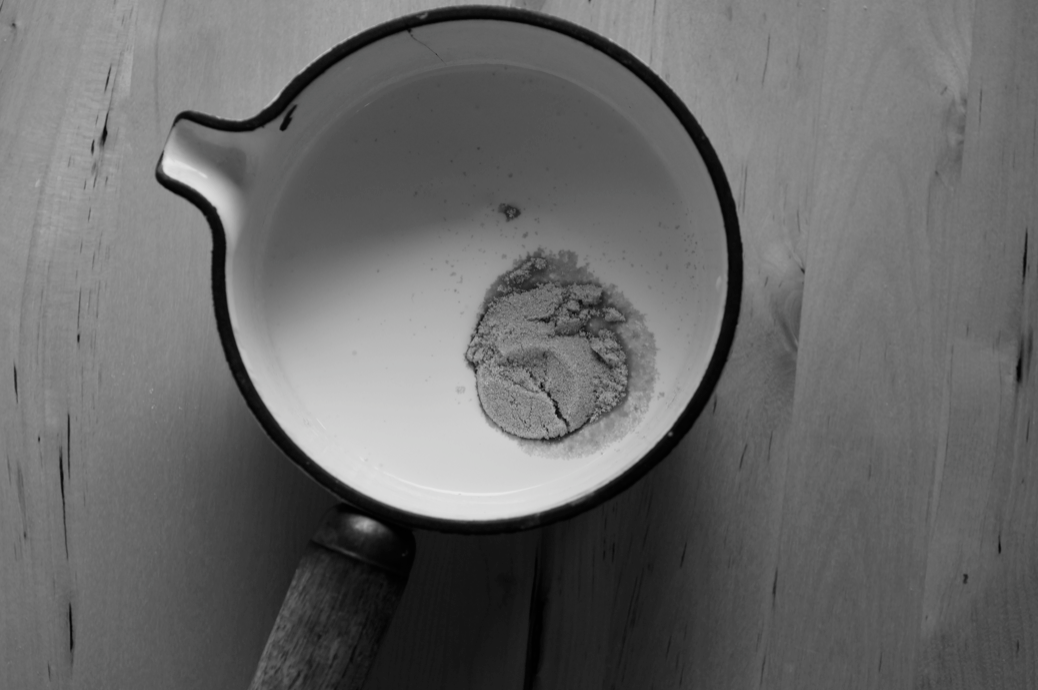
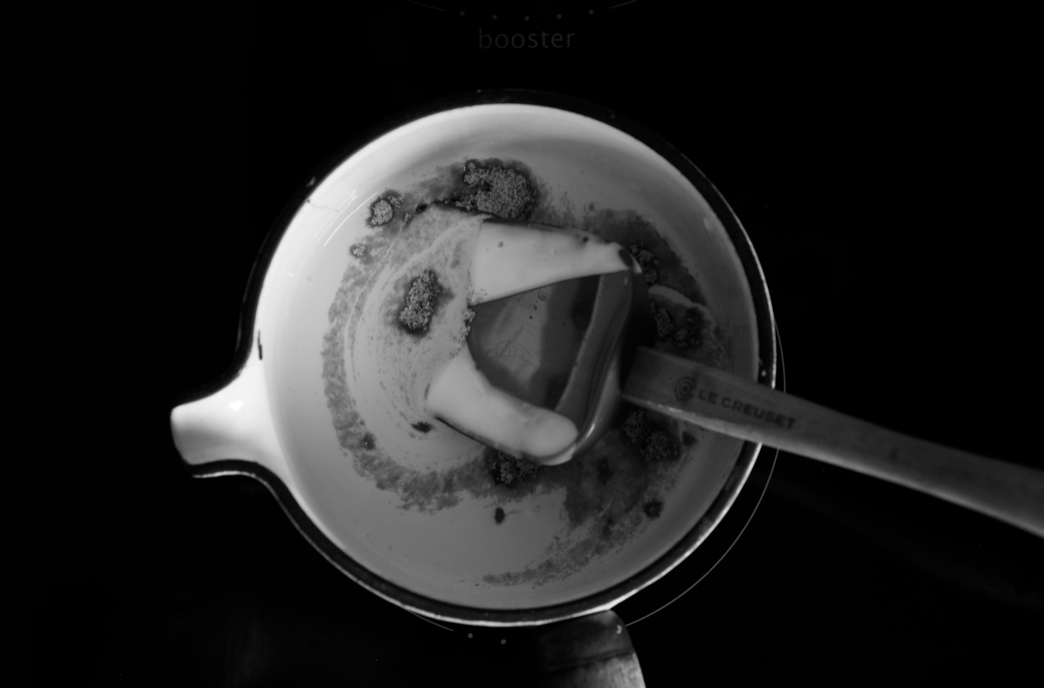
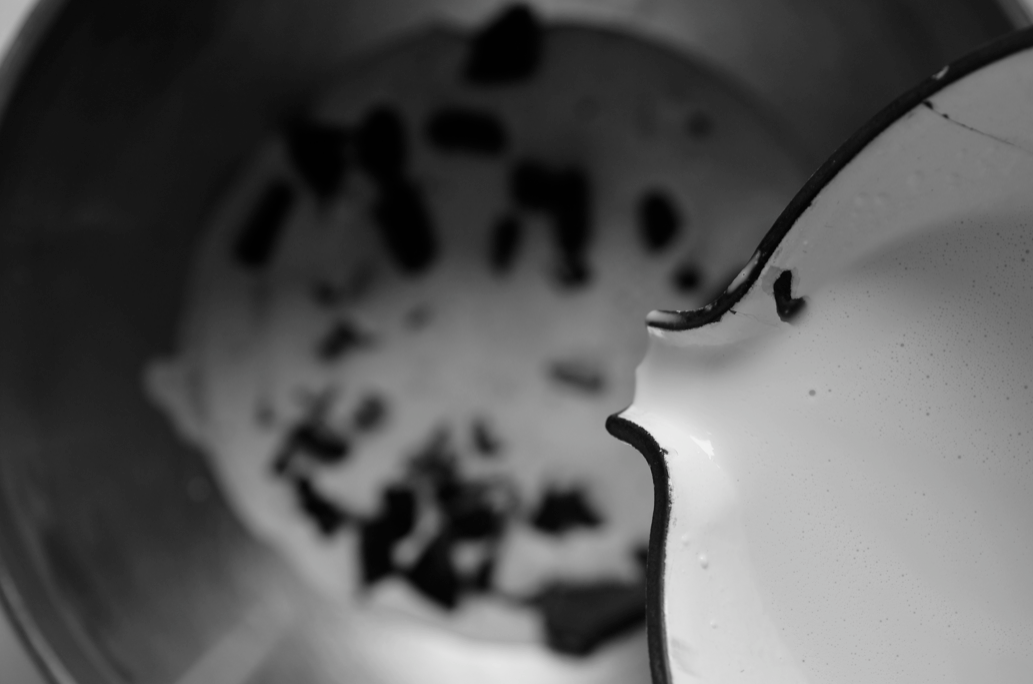
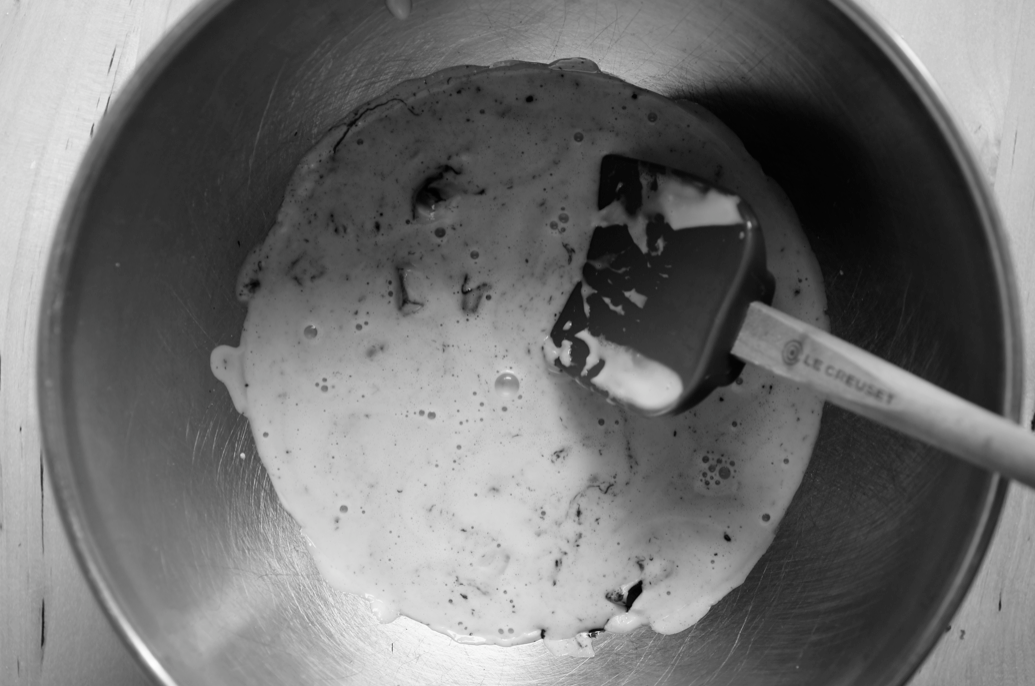
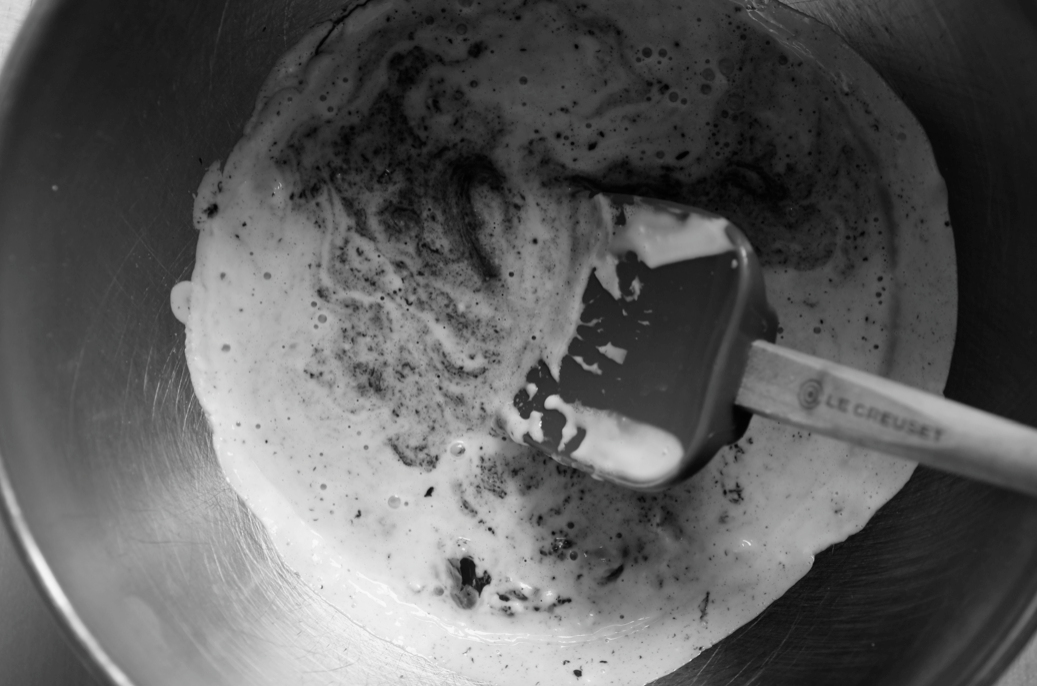
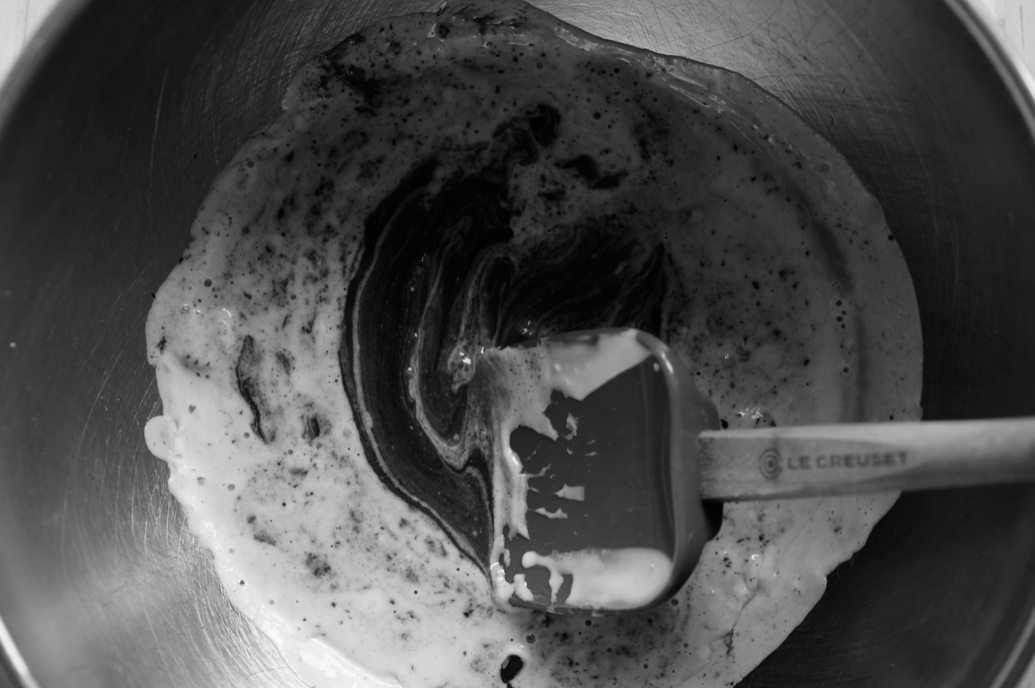
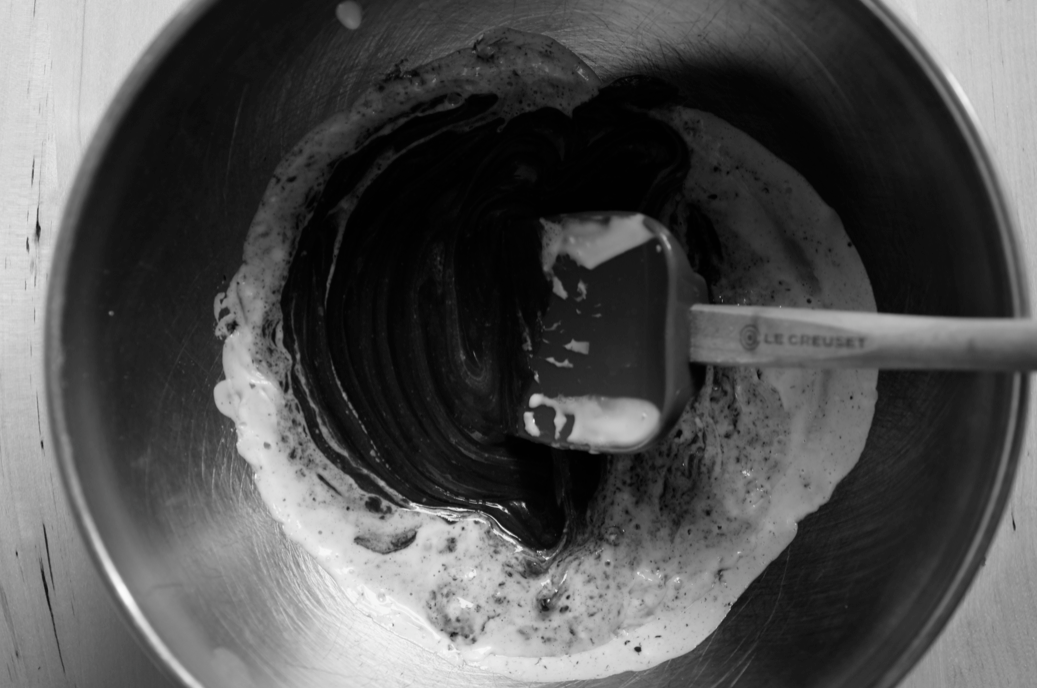
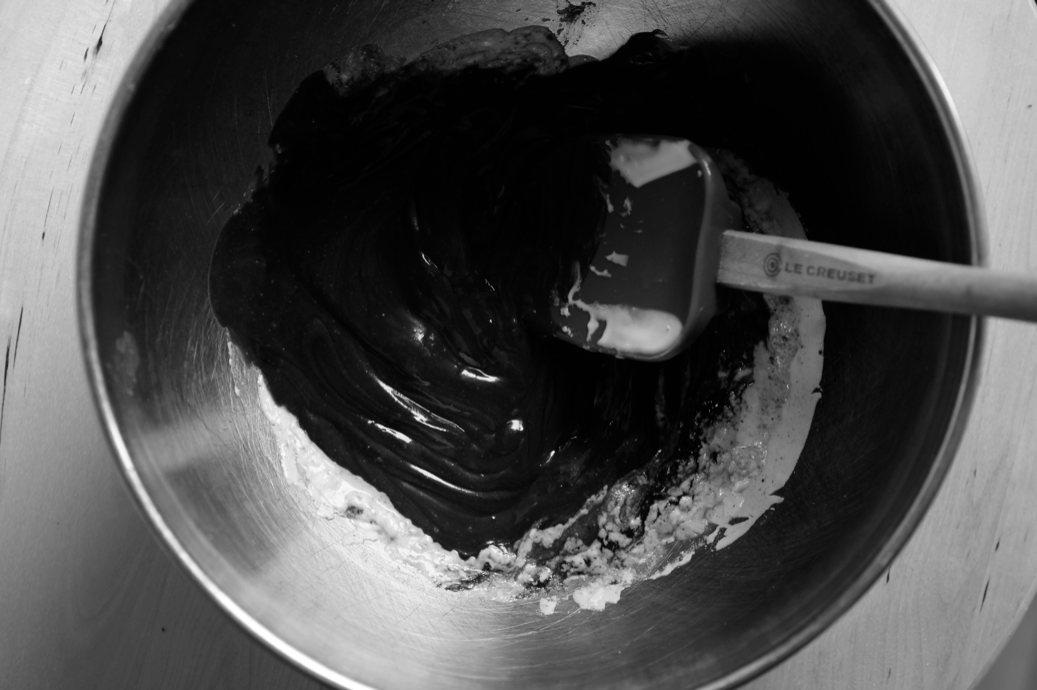
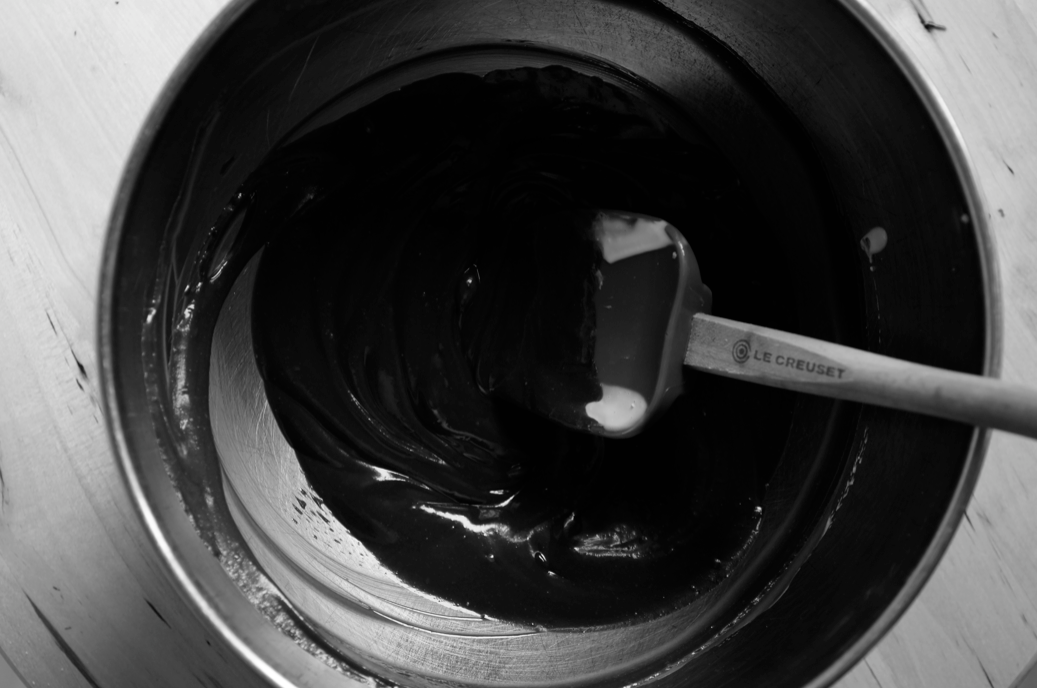
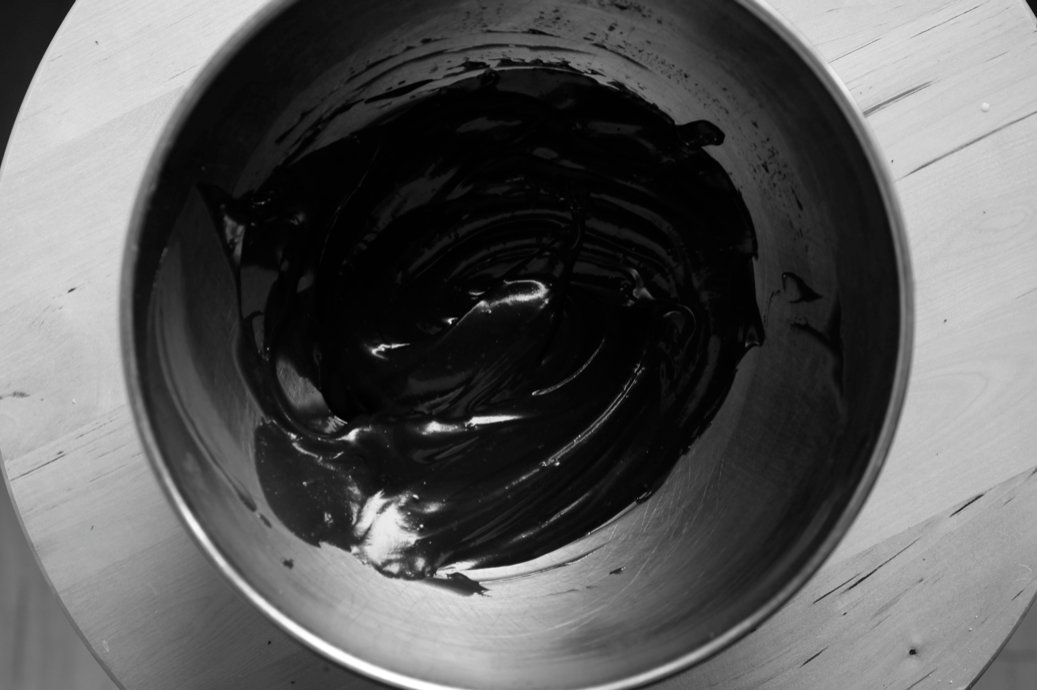

What a beautiful post, I love the black and white photos, they show the texture and gloss of the ganache off so well! I'll have to check out foundations 1-4!
ReplyDeleteWhat a great tutorial! Then it might be possible that I Can manage the ganache. Lovely blog and so many must try recepies. Have a wonderful evening.
ReplyDeleteExcellent tutorial. Lots of great tips. Thanks.
ReplyDeleteI love ganache and I've always wondered about the butter at the end. Is the only purpose to give it some shine? And sometimes a little bit of corn syrup is suggested in the cream as well - is that to keep the ganache not only shiny but also a little bit more velvety in texture? More often than not, I usually skip both the butter and corn syrup... Thanks!
ReplyDeleteSue - It's wonderful to hear that you love the black and white photos - I adore them but some people aren't as keen. Hope you enjoyed the other posts too!
ReplyDeletemonstercircus - I'm sure you can manage it - in essence it's a simple technique - go for it! Hope you have a wonderful evening too.
Spencer - I'm so pleased you found it helpful - thank you for the comment.
Monica - I guess it might add to the shine (I should look it up in my Cordon Bleu notes - they use it). The corn syrup/glucose is for texture/shine/stability, I think (once again, I'd need to look it up again to be sure). I usually skip them too!
Gorgeous photos!
ReplyDeleteHi! I was wondering, can I use that recipe for icing a cake? Also, does it have the right consistency for piping, for example, a flower? Great post!!
ReplyDelete